Other names Jamal | Title Sant Name Kirpal Singh | |
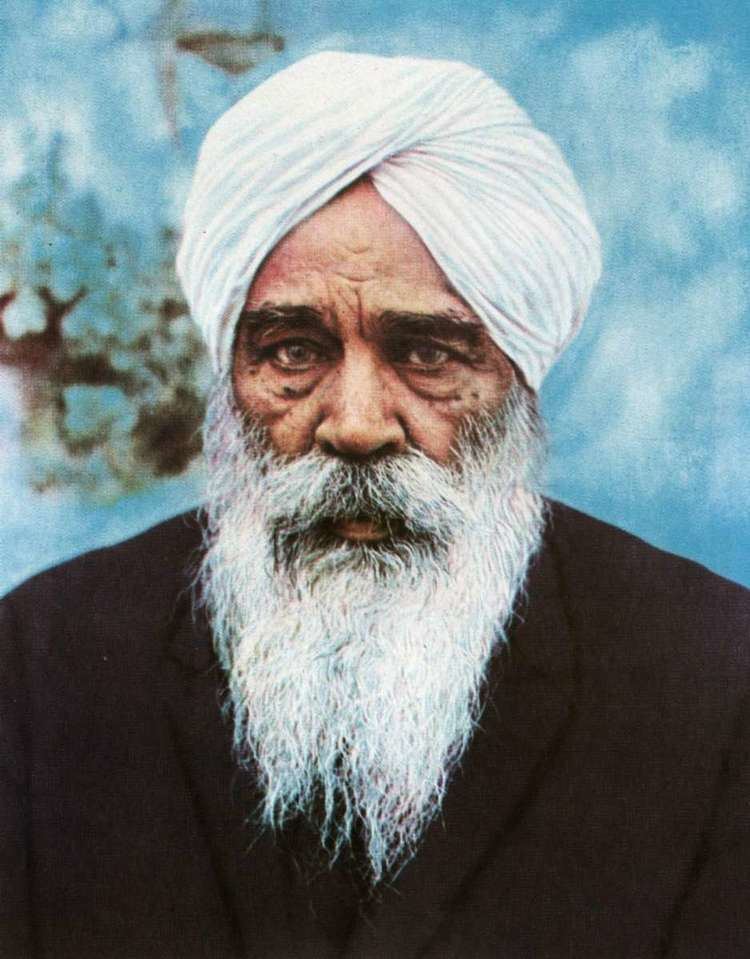 | ||
People also search for Sawan Singh, Fauja Singh, Kirapala Singha, Singh Kirpal Books Ruhani Satsang: Science o, Naam Or Word, The Crown of Life: A Study in, Morning Talks, Spiritual Elixir: Timeless | ||
Sant Kirpal Singh - H015: Guru Main Gunahgar Ati Bhari - Swami Ji - No.967
Kirpal Singh (6 February 1894 – 21 August 1974) was a spiritual master (satguru).
Contents
- Sant Kirpal Singh H015 Guru Main Gunahgar Ati Bhari Swami Ji No967
- The Teachings of Master Kirpal Singh Including Introductory Meditation Instructions
- Life
- His organization Ruhani Satsang
- World Fellowship of Religions
- First tour
- Final year
- Legacy and succession
- Books
- References
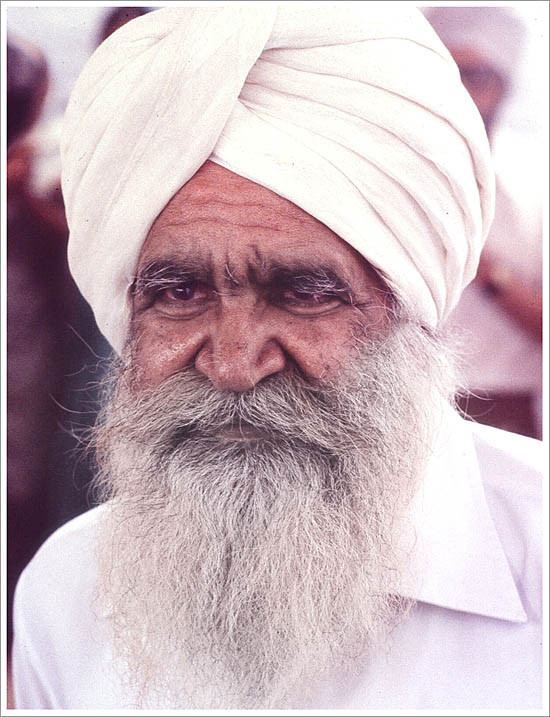
He was born in India, in a simple rural house, in the western part of Punjab which now belongs to Pakistan. He earned his living as a government officer until his retirement and then he moved to Delhi where he founded his spiritual school Ruhani Satsang with its headquarters at Sawan Ashram.
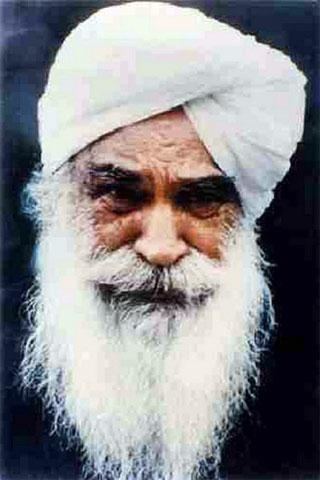
He was the President of the “World Fellowship of Religions”, an organization recognized by UNESCO, which had representatives from all the main religions of the world. He wrote numerous books, many of which have been translated into numerous languages.
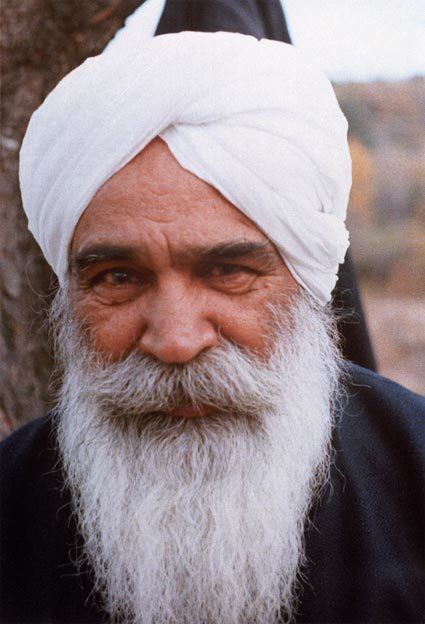
His basic teachings consist in establishing contact with God into expression power, called Word in the Bible, Naam, Shabd, Om, Kalma etc. in the other scriptures. The discipline of universal character taught by him is at the base of the spiritual experience which gave origin to all the main religions that have resisted the trials of time. It has been defined the Path of the Masters (Sant Mat), Meditation on the Divine Word or Yoga of the Sound Current (Surat Shabd Yoga).
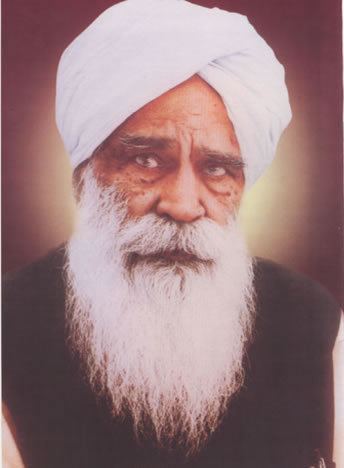
The Teachings of Master Kirpal Singh, Including Introductory Meditation Instructions
Life
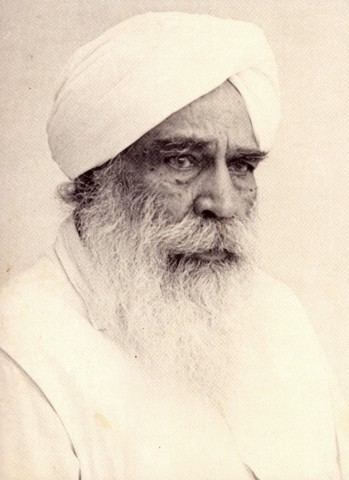
From youth he undertook a spiritual seeking which led him to various sufis, yogis and mystics, but he never accepted any of them as a Master, continuing to pray to God to obtain a divine inner manifestation. In 1917, allegedly, his prayers were answered: in fact, he began to see during his meditations the radiant form of a figure of noble aspect who he supposed was Guru Nanak, founder of the Sikh religion. In 1924 he met Hazur Sawan Singh, the famous Saint of Beas, in his Ashram on the banks of the Beas River, and in him he recognized the Luminous Form that he had seen during the seven previous years. He was initiated into the spiritual discipline by Hazur, and from then on he dedicated the rest of his life to reaching the summits of Spirituality.
Already at the beginning of the 1930s Hazur Baba Sawan Singh would cite his name to those who asked if he had a disciple who had made great progress. In the same years, on inspiration from his Master, he began writing the "Gurmat Siddhant" (“The Philosophy of the Masters”), a monumental spiritual work in two volumes in the Punjabi and Urdu languages. It was published, upon request by Kirpal Singh, under the name of Hazur Sawan Singh, starting from 1935, and then edited in English in the 1960s in five volumes.
In the morning of 12 October 1947, Hazur Sawan Singh called his favorite disciple Kirpal Singh and entrusted him with the work of continuing his spiritual mission after him. The next month, Hazur approved the project of the spiritual school presented to him by Kirpal, the “Ruhani Satsang” (School of Spirituality or Science of the Soul). At the end of a brief illness, on 2 April 1948 Hazur Sawan Singh died.
After the passing of his master, Kirpal went to Rishikesh at the foot of the Himalayan Mountains, where he spent the next five months in an almost continual state of samadhi, or absorption in God.
At the end of this period of intense meditation, Kirpal Singh received an inner command from his Master: "Return to the world and bring my children back to me". He moved to Delhi, where people from Punjab were looking for refuge because of the division from Pakistan: there he began his spiritual and humanitarian mission, which would have made him one of the greatest Masters of all time.
Kirpal initiated over 80,000 followers
His organization, Ruhani Satsang
In Delhi he founded his new School of spiritual research and realization called Ruhani Satsang (School of Spirituality or Science of the Soul), destined to have branches in many nations of the world and in 1951 he built the "Sawan Ashram" on the outskirts of the city, in the neighborhood of Shakti Nagar, where his spiritual talks (satsangs) were soon followed by thousands of people. In India he began to have visits from western disciples: the first was Rusel Jacque and his account of his sojourn of six months spent at the Ashram in 1959 (Gurudev: the Lord of Compassion) encouraged also others. At the beginning of the sixties the disciples that stayed at the ashram were forty to fifty people on an average, staying from three weeks to six months.
World Fellowship of Religions
In India, Singh's reputation had grown enormously and in 1957 he was elected the first President of the World Fellowship of Religions, an organization recognized by UNESCO, comprising representatives from all the major religions of the world. He held that position until 1971, having presided over four World Conferences. In 1962 he was the first non-Christian to be vested with The Order of Saint John of Jerusalem (Knights of Malta), for his spiritual and humanitarian mission. On this occasion he received the congratulations of the Prime Minister Jawaharlal Nehru and established a spiritual tie with him, that continued with the Prime Ministers Shastri and Indira Gandhi.
First tour
His mission continued to grow rapidly and in 1955 he took his first trip to spread his teachings abroad, spending various months in the United States and in Europe: it was the first time a Master of the Highest Order went to the West. In those years the knowledge of the spiritual practices, patrimony of the East which was more advanced in the inner disciplines, was not yet diffused in the West, but Kirpal Singh had hundreds of Westerners initiated and placed on the path of meditation in its highest form of contact with the Divine Light and Harmony.
The second tour. In 1963 he took his second world tour, this time as the President of the "World Fellowship of Religions", meeting political leaders and exponents of different religions, including Pope Paul VI, the Patriarch of the Eastern Orthodox Churches Atenagora I. He obtained reconciliation between the two religious leaders after centuries of separation and misunderstandings. At the same time he continued to instruct new seekers on the path of the Way of the Masters (Sant Mat).
The third tour. On 26 August 1972 he left for the third and the last trip to the West where he bestowed great effort on the talks and meetings and instructing more than two thousand new disciples about the Path of Spirituality.
Final year
In Delhi, in February 1974, he organized a "World Conference on Unity of Man", with more than 2,000 delegates, religious and political leaders from India and all over the world, with an attendance of 100,000.
At the Kumba Mela (Festival of Religions) in Hardwar, on 2 April the same year, he gathered sadhus (itinerant monks) and "saintly men" in the "Conference of National Unity", with the aim of favoring cooperation, eliminating all religious barriers and bettering the economical asset of the poor people of India.
Legacy and succession
Kirpal was the first Living Master of the Sant Mat/Surat Shabd Yoga Path of the Audible Lifestream lineage to visit the West (1955).
Kirpal Singh on 24 August 1974 at the age of eighty. His death caused an intense succession dispute amongst his followers. Kirpal was not expected to appoint a successor by will given his own mode of succession. In 1963, he had declared that he knew of no one competent to be his successor.
One of the recognized successor was Darshan Singh. However, Russell Perkins, leader of the Sant Bani Ashram in the United States which had been responsible for Kirpal's publishing, did not recognize Darshan, but instead supported Ajaib Singh. Arran Stevens also joined in supporting Ajaib, although he later rejected Ajaib and left the movement. Thakar Singh also claimed succession, as did Judith Lamblion. Reno Sirrine led the Ruhani Satsang organization in rejecting all successors.
These succession disputes ultimately led to the proliferation of satsangs without connection to any descendant of the Singh tradition. As of 2002, there were approximately 200,000 adherents of groups related to Kirpal Singh.
DECLARATION OF SANT KIRPAL SINGH CONCERNING HIS SUCCESSOR in 1963 in USA:
"At this time I know of nobody who is competent to take on this work; whether someone comes up in the future is in God's hands."
Then He stated most forcefully: "Whoever may come up in the future, I tell you most definitely that he will NOT be a member of my family!". Original of document - Sat Sandesh, the Magazine of the Master
Books
Kirpal Singh wrote an extensive collection of books on the general subject of spirituality. They range from The Crown of Life (a comparative study of various religions and yogas) to such subjects as prayer (Prayer, Its Nature and Technique), the nature of spirituality (Spirituality: What It Is), finding a spiritual teacher or guru (Godman) and karma (The Wheel of Life). All of these books are available in their entirety as PDF files.
Many recordings of talks given during his lifetime are available as MP3 files. English and Hindi / Punjabi
